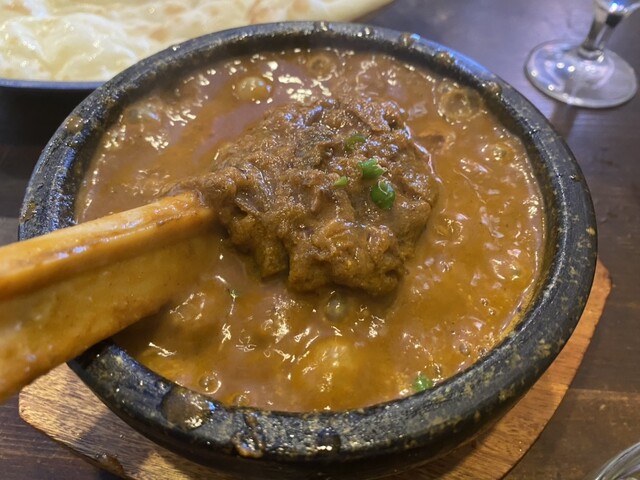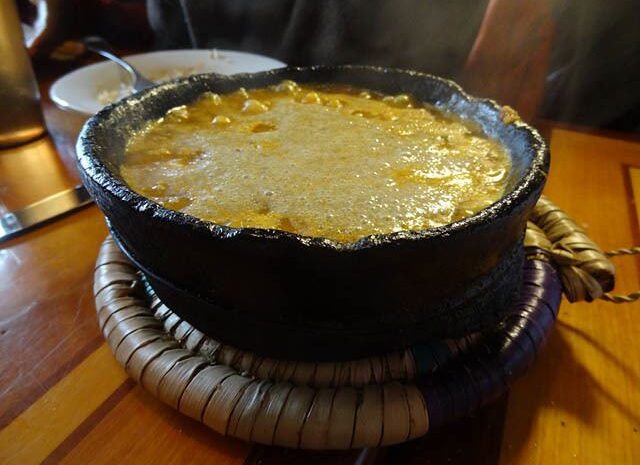Nestled within the heart of the Arabian Peninsula, Yemen is a country rich in history, culture, and culinary tradition. Among its many culinary gems, Fahsa stands out as a dish that embodies the essence of Yemeni cuisine. Fahsa is not just a meal; it is a flavorful representation of Yemen’s heritage, weaving together history, culture, and gastronomy in every bite.
The Origins of Fahsa
Fahsa’s origins are deeply rooted in Yemen’s ancient history. Yemen, with its strategic location along trade routes, has been a melting pot of various cultures and influences for centuries. The dish’s roots can be traced back to the Himyarite Kingdom (110 BC – 525 AD), known for its advanced agriculture and trade practices. This historical context shaped the rich, spicy, and robust flavors characteristic of Yemeni cuisine.
Historically, Fahsa was a meal for special occasions and communal gatherings. It reflects the Yemeni tradition of hospitality, where food plays a central role in bringing people together. Traditionally, Fahsa is enjoyed during significant events and family gatherings, highlighting its importance in Yemeni social life.
Ingredients and Preparation
Fahsa is renowned for its unique combination of flavors and its method of preparation. The dish typically features lamb, beef, or chicken cooked in a rich, spiced sauce made from a blend of traditional Yemeni spices. The preparation involves slow-cooking the meat until it becomes tender and juicy, allowing the flavors to meld together beautifully.
Key ingredients in Fahsa include:
- Lamb, beef, or chicken: The choice of meat varies depending on regional preferences and availability. Lamb is particularly favored for its tenderness and flavor.
- Bahrain spices: A mix of ground coriander, cumin, cardamom, and cloves gives Fahsa its distinctive flavor profile. Each spice contributes to the dish’s aromatic and complex taste.
- Hawaij: A traditional Yemeni spice blend that includes turmeric, black pepper, and fenugreek. This blend adds depth and richness to the Fahsa.
- Tomatoes and onions: Essential components for creating the base of the sauce. Tomatoes provide acidity, while onions add sweetness and depth.
- Fenugreek seeds: Used to give Fahsa its characteristic bitter and nutty flavor.
- Fresh herbs: Such as cilantro and parsley, for garnish and added freshness.
The preparation of Fahsa involves a careful balance of these ingredients. The meat is first seared to lock in flavors, then simmered in a rich sauce made from tomatoes, onions, and spices. The slow-cooking process allows the flavors to develop fully, resulting in a dish that is both hearty and flavorful.
Cultural Significance
Fahsa is more than just a meal; it is a symbol of Yemeni culture and tradition. The dish is often prepared for special occasions, including religious holidays, weddings, and family gatherings. In Yemeni culture, food is a way of expressing hospitality and warmth. Serving Fahsa to guests is a way of honoring them and showcasing the richness of Yemeni culinary traditions.
In traditional Yemeni households, Fahsa is often served with lisanat (flatbread), which is used to scoop up the meat and sauce. This communal style of eating emphasizes the importance of sharing and togetherness in Yemeni culture. The act of gathering around a dish of Fahsa is as significant as the meal itself, fostering connections and creating lasting memories.
Fahsa Around the World
Yemen’s rich culinary heritage has traveled far beyond its borders. Yemeni expatriates and food enthusiasts around the world have introduced Fahsa to international audiences. As a result, the dish has gained popularity in various parts of the Middle East and beyond. In countries with Yemeni communities, Fahsa is a beloved dish that connects people to their heritage and provides a taste of home.
Restaurants specializing in Yemeni cuisine have emerged globally, offering Fahsa as a highlight on their menus. These establishments not only bring Yemeni flavors to a broader audience but also contribute to preserving and celebrating Yemen’s culinary traditions.

Modern Variations
While traditional Fahsa remains a cherished part of Yemeni cuisine, contemporary chefs and home cooks have experimented with variations of the dish. Modern adaptations often incorporate local ingredients and techniques, creating new versions that still honor the essence of the original recipe. Some variations might include different types of meat or additional vegetables, while others might introduce fusion elements to appeal to diverse tastes.
These modern variations reflect the adaptability of Yemeni cuisine and its ability to evolve while maintaining its core identity. Whether enjoyed in its traditional form or with a contemporary twist, Fahsa continues to be a dish that embodies the spirit of Yemen’s culinary heritage.
Conclusion
Fahsa is a culinary treasure that encapsulates the rich history and vibrant culture of Yemen. From its ancient origins to its place in modern cuisine, Fahsa represents a connection to Yemen’s past and a celebration of its present. The dish’s unique flavors, communal significance, and adaptability make it a testament to the enduring legacy of Yemeni culinary traditions.
Exploring Fahsa is not just about savoring a delicious meal; it’s about engaging with a piece of Yemen’s history and culture. Each bite of Fahsa tells a story of tradition, hospitality, and heritage, making it a dish worth celebrating and preserving. Whether you’re a food enthusiast or simply curious about Yemeni cuisine, Fahsa offers a flavorful journey into the heart of Yemen’s rich culinary heritage.

